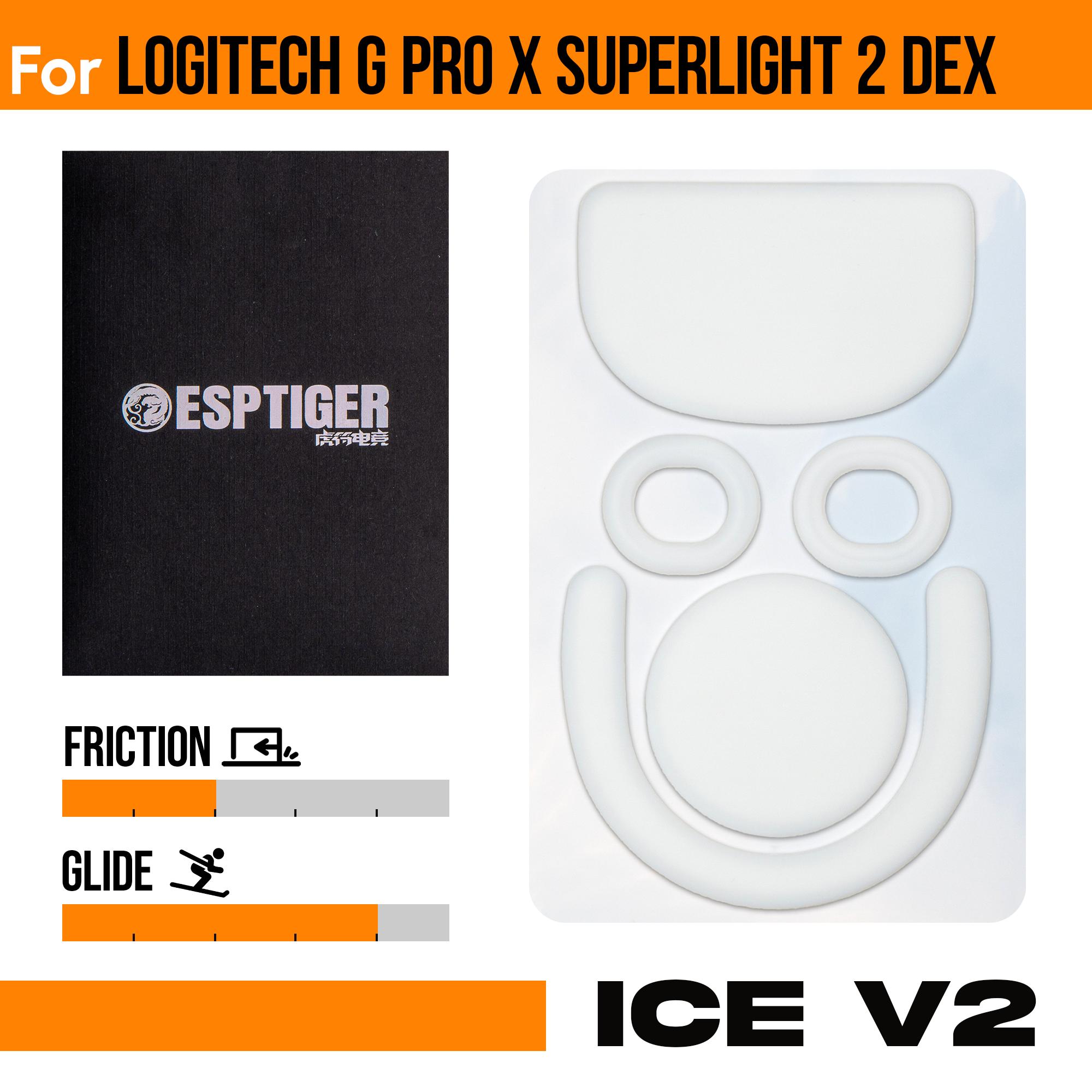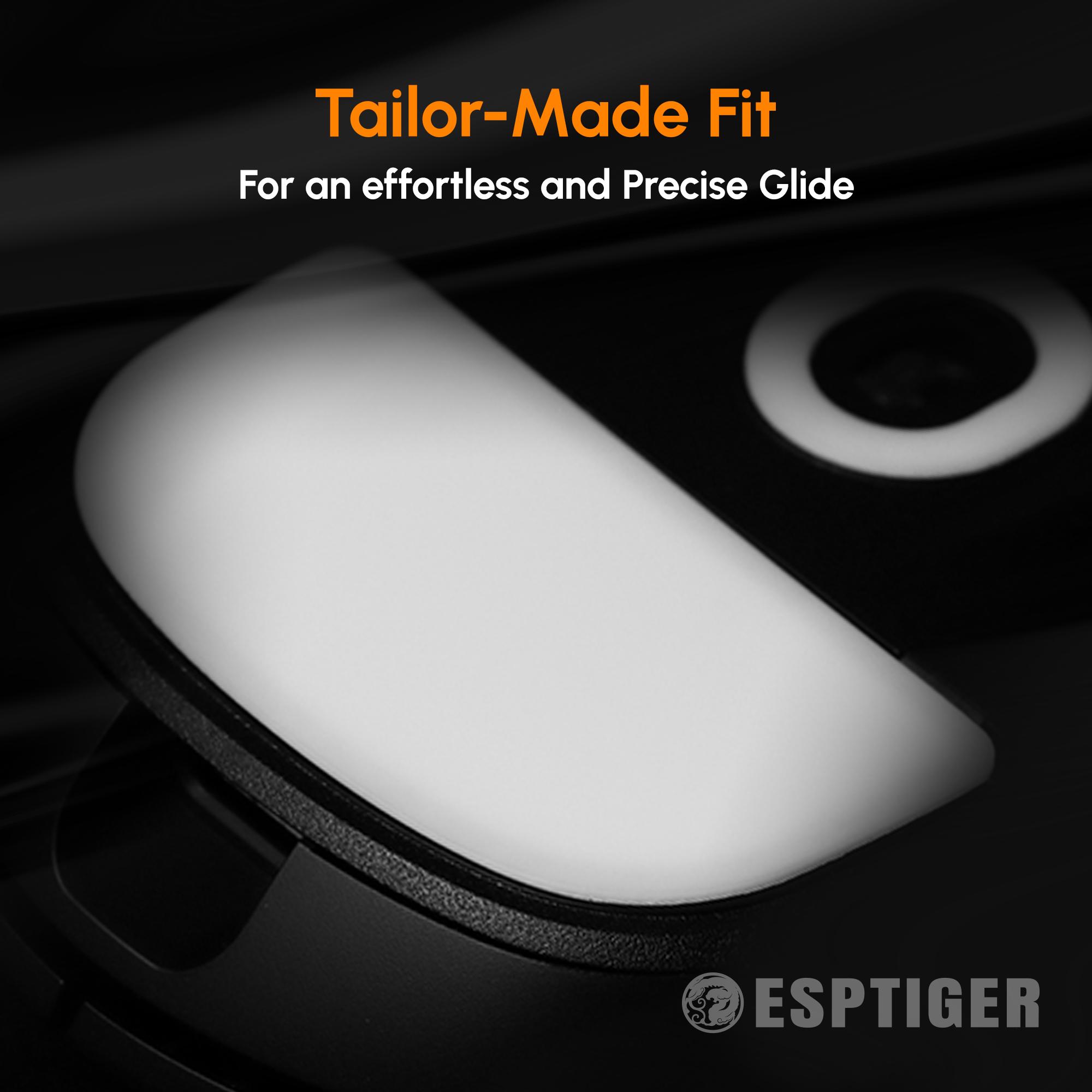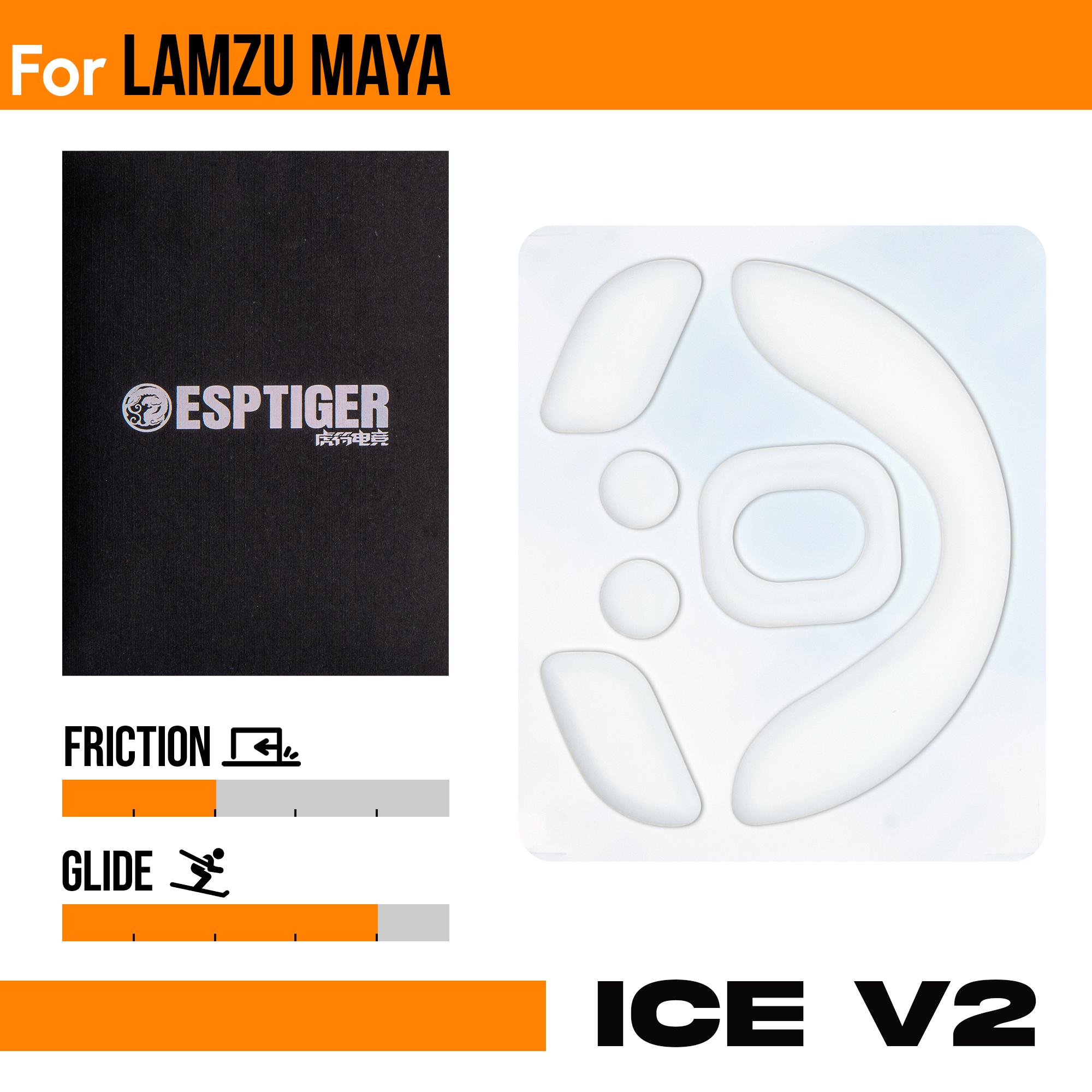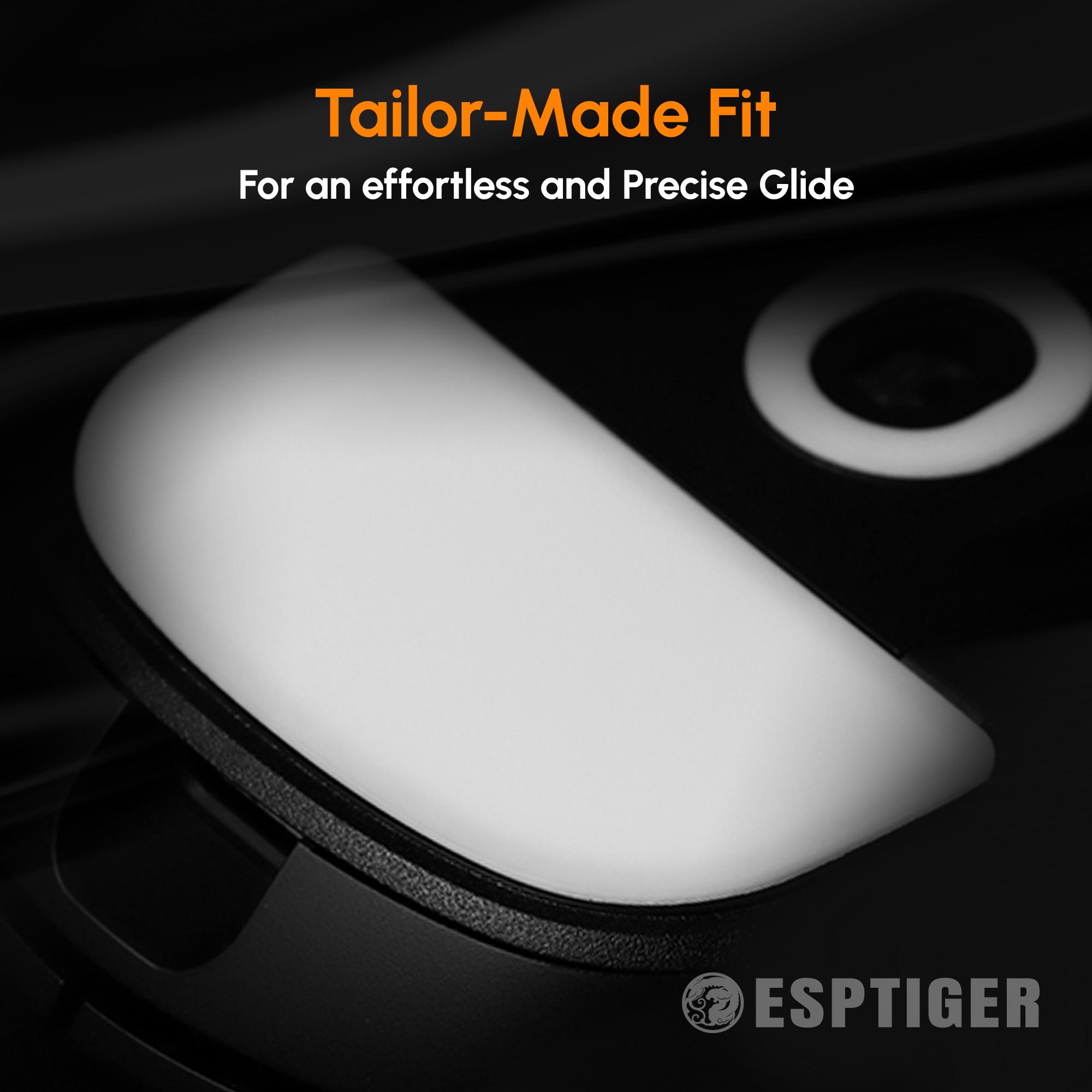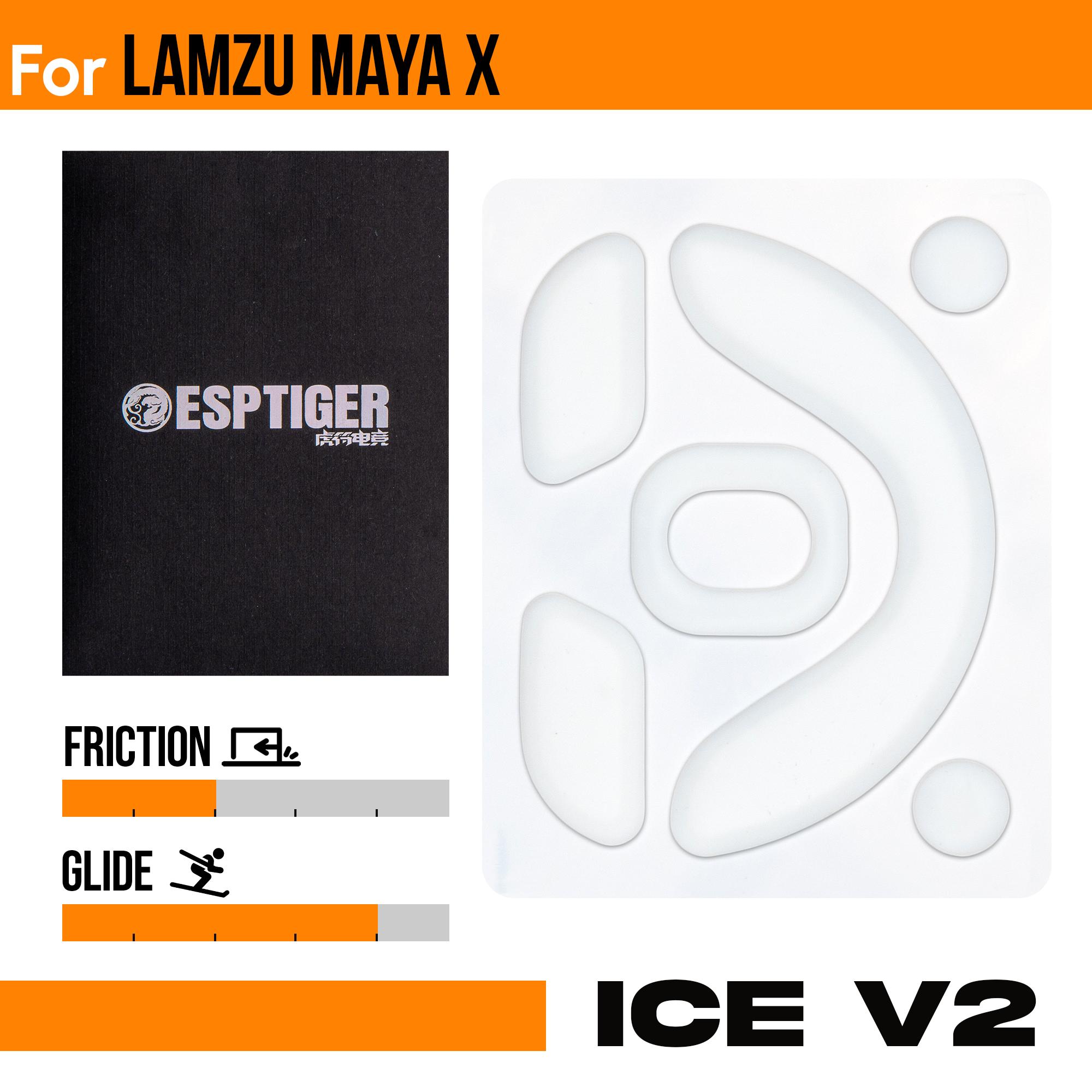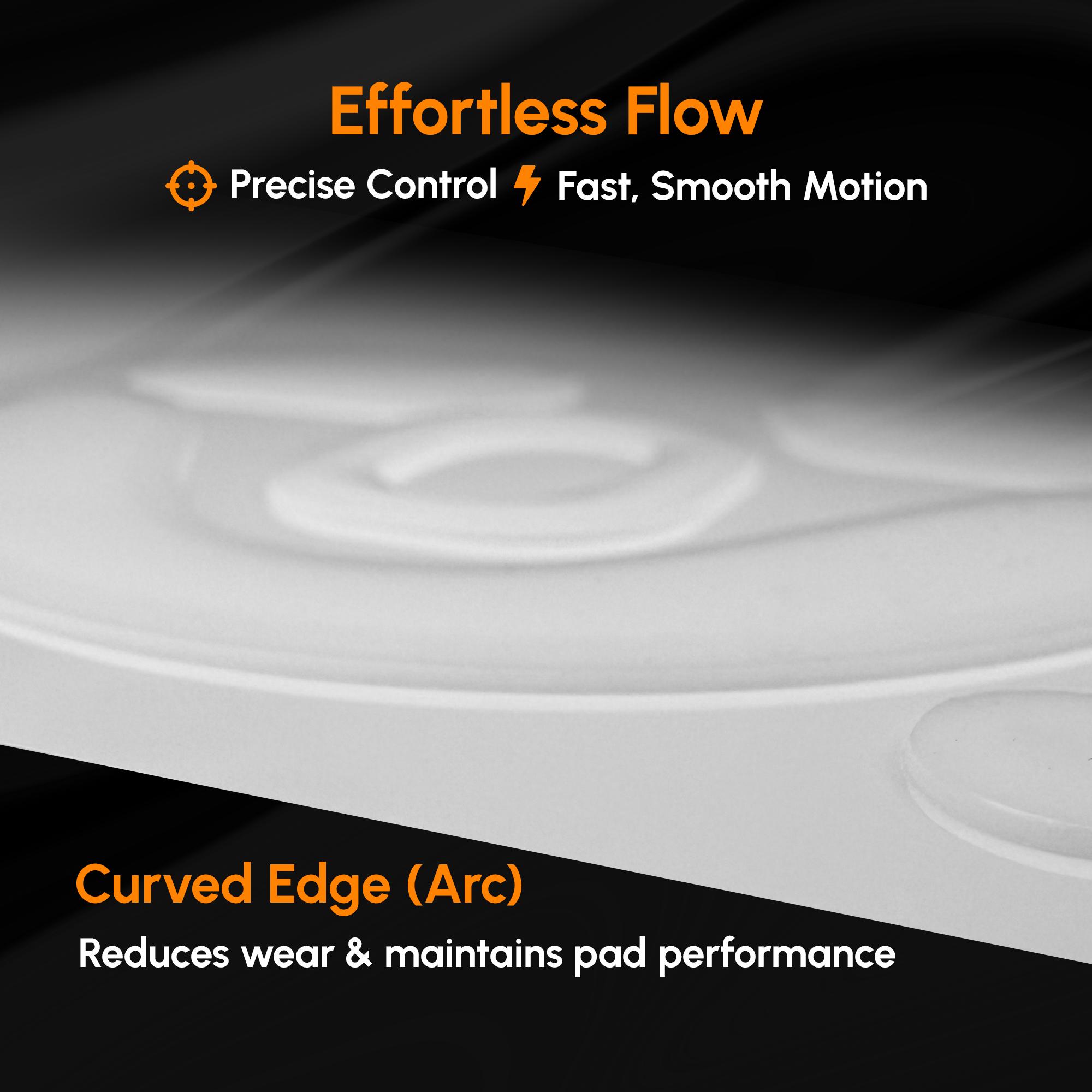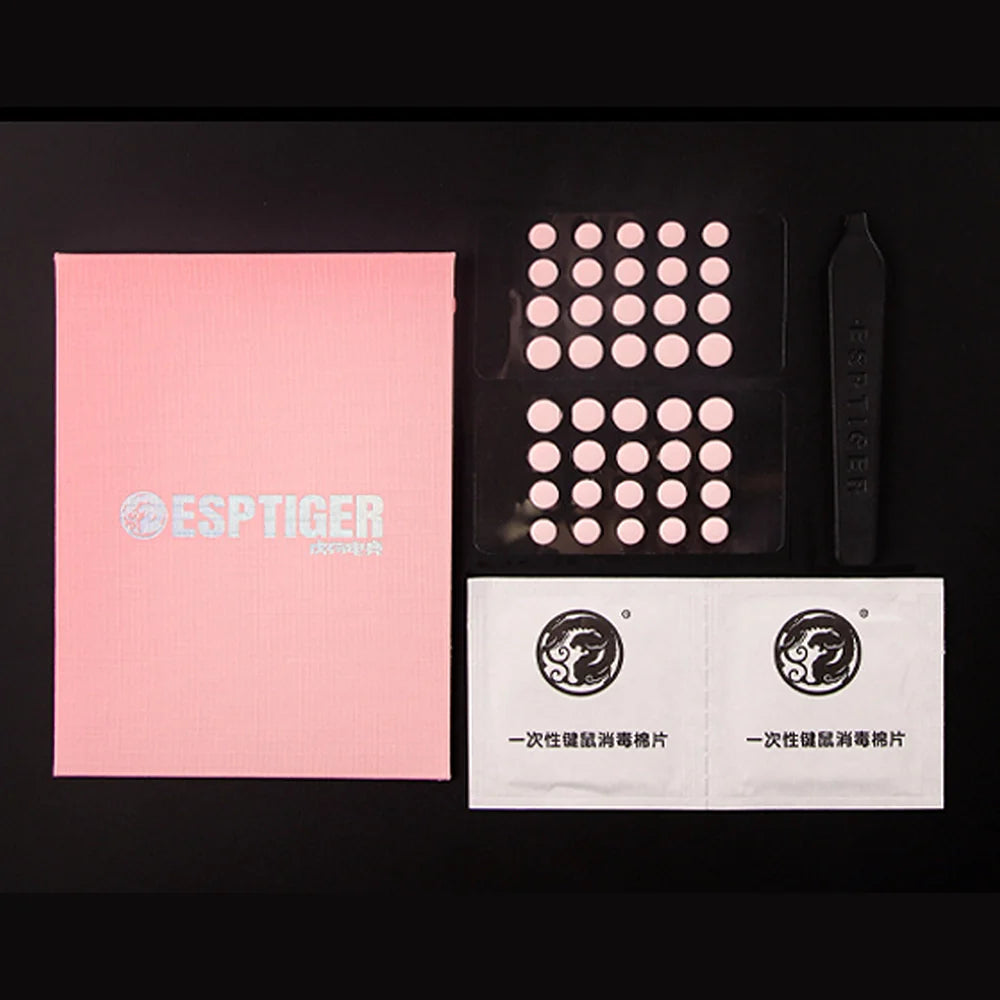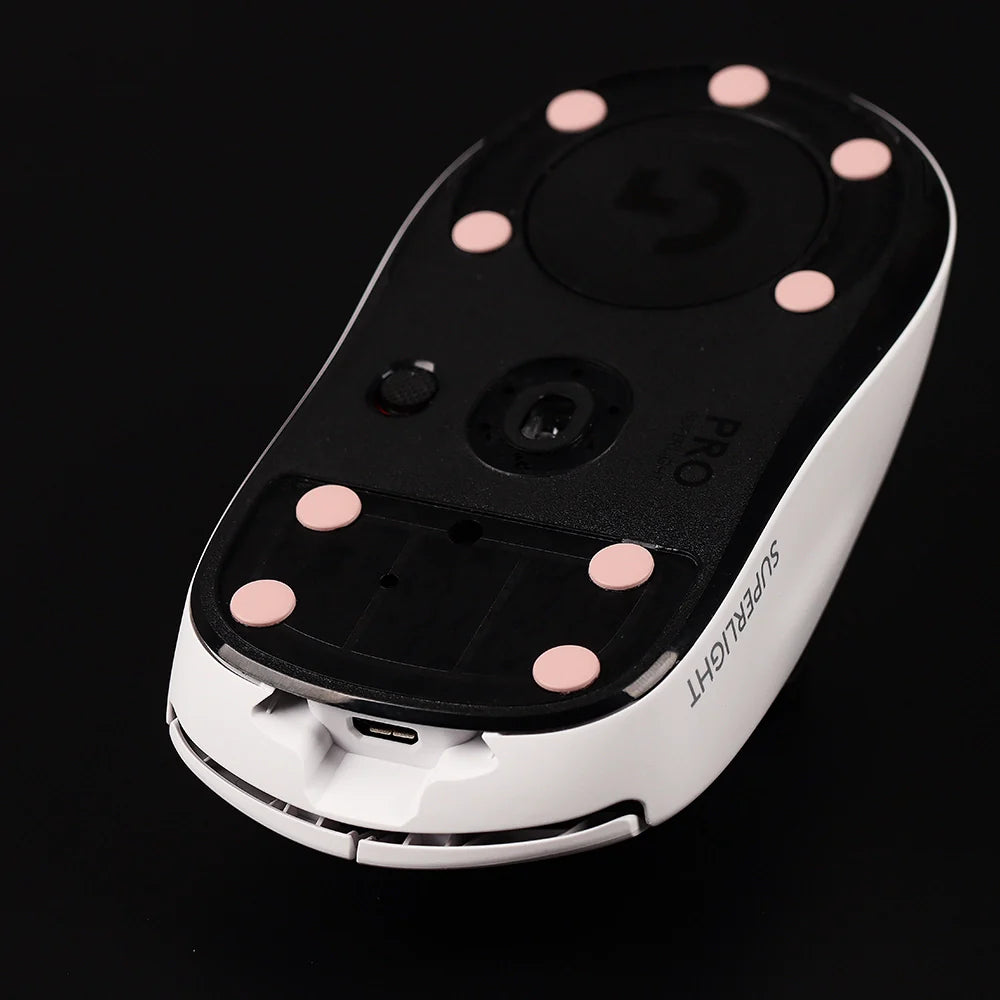A good monitor can make or break your gaming experience. Whether you’re hunting for competitive precision, cinematic visuals, or just a well-balanced display for all-around use, understanding the core specs will help you make the right choice. Here’s a breakdown of the key factors:
1. Panel Types: TN, IPS, and VA
Monitors use different display technologies, and each one comes with trade-offs:
-
TN (Twisted Nematic):
-
Pros: Fast response times and high refresh rates at an affordable price.
-
Cons: Poor color accuracy and limited viewing angles.
-
Best for: Competitive gamers who prioritize speed over visuals.
-
-
IPS (In-Plane Switching):
-
Pros: Excellent color accuracy, great viewing angles, and solid contrast.
-
Cons: Slightly slower response times than TN (though modern IPS is much faster than it used to be) and higher cost.
-
Best for: Gamers who want vibrant visuals for both competitive and casual play.
-
-
VA (Vertical Alignment):
-
Pros: Strong contrast and deep blacks, making them great for dark scenes.
-
Cons: Can have slower response times and more motion blur.
-
Best for: Immersive single-player games and media consumption
-
-
OLED (Organic Light-Emitting Diode):
- Pros: Perfect blacks, infinite contrast, ultra-fast response times, and vibrant colors. Excellent for both dark and bright scenes.
-
- Cons: Higher cost and potential risk of burn-in if static images (like HUD elements) stay on screen for long periods. This has gotten better in recent years.
-
- Best for: Gamers who want the absolute best image quality and responsiveness, especially for cinematic or immersive titles.
2. Refresh Rate: How Smooth Do You Want It?
Refresh rate is how many times your monitor updates its image per second, measured in hertz (Hz).
-
60Hz: Standard for casual gaming, but feels outdated for fast-paced titles.
-
120Hz–165Hz: The sweet spot for most gamers—smooth visuals without overkill pricing.
-
240Hz–600Hz: Ultra-high refresh rates, best for competitive esports players chasing every possible edge.
Tip: Make sure your PC’s graphics card can actually push enough frames to match your monitor’s refresh rate, or you won’t benefit from the upgrade.
3. Color Accuracy and HDR
Good color reproduction makes games look lifelike and engaging.
-
sRGB coverage: Fine for most gaming needs.
-
DCI-P3 coverage: Wider color range for richer visuals. Good for editing and content creation.
-
HDR (High Dynamic Range): Improves brightness, contrast, and color depth. Look for true HDR support with high peak brightness and local dimming—many “HDR” labels are marketing fluff.
4. Screen Size and Resolution
Bigger isn’t always better—balance screen size, resolution, and your desk space.
-
1080p (Full HD): Affordable and easier to run at high refresh rates. Best on monitors 24–27 inches.
-
1440p (QHD): Sharper image and more workspace, great for 27–32 inches.
-
4K (UHD): Stunning detail, but requires a powerful GPU for smooth performance. Usually 27 inches or larger.
Pixels Per Inch (PPI): Why It Matters
PPI measures pixel density—how many pixels fit into each inch of the display.
-
Higher PPI means sharper, crisper images with finer detail.
-
Lower PPI can look less sharp, especially when viewed up close.
For example:
-
A 24-inch 1080p monitor has about 92 PPI (good for casual gaming, but not razor-sharp).
-
A 27-inch 1440p monitor jumps to around 109 PPI (a nice sweet spot for clarity and performance).
-
A 32-inch 4K monitor hits roughly 138 PPI (very sharp, excellent for immersive visuals).
If you sit close to your monitor, a higher PPI will help prevent seeing individual pixels and give a more lifelike image.
Aspect Ratio:
-
16:9: Standard, supported by all games.
-
21:9 Ultrawide: More immersion, extra screen space—great for racing sims, flight sims, and cinematic games.
-
32:9 Super Ultrawide: Massive, multi-monitor feel in one screen—though some games won’t support it.
Final Thoughts
Choosing the right gaming monitor is about matching specs to your style.
-
Competitive players: Prioritize refresh rate and low response time.
-
Visual enthusiasts: Go for IPS or high-quality VA panels with strong HDR.
-
Balanced gamers: A 27-inch 1440p, 144Hz IPS monitor is a great middle ground.
In the end, your monitor is where the game meets your eyes—invest wisely, and every frame will feel worth it.


